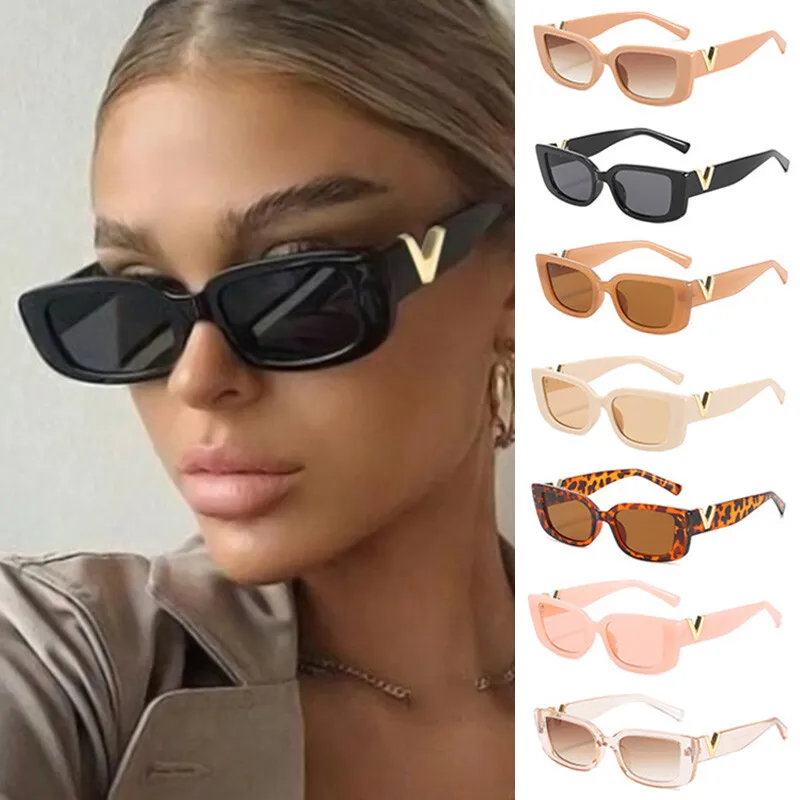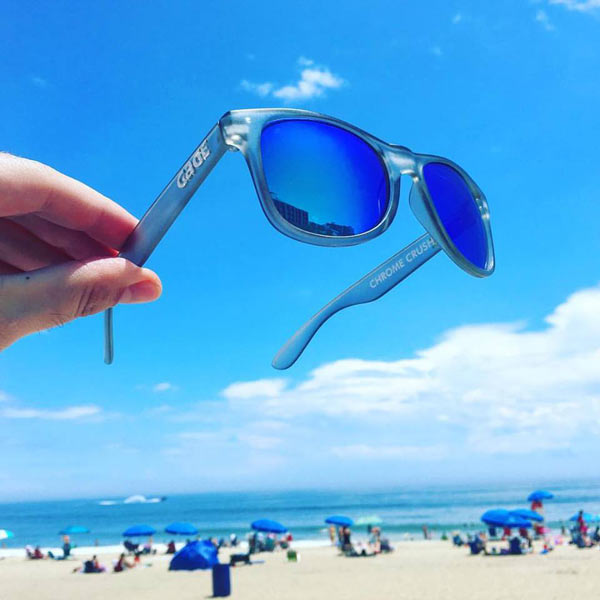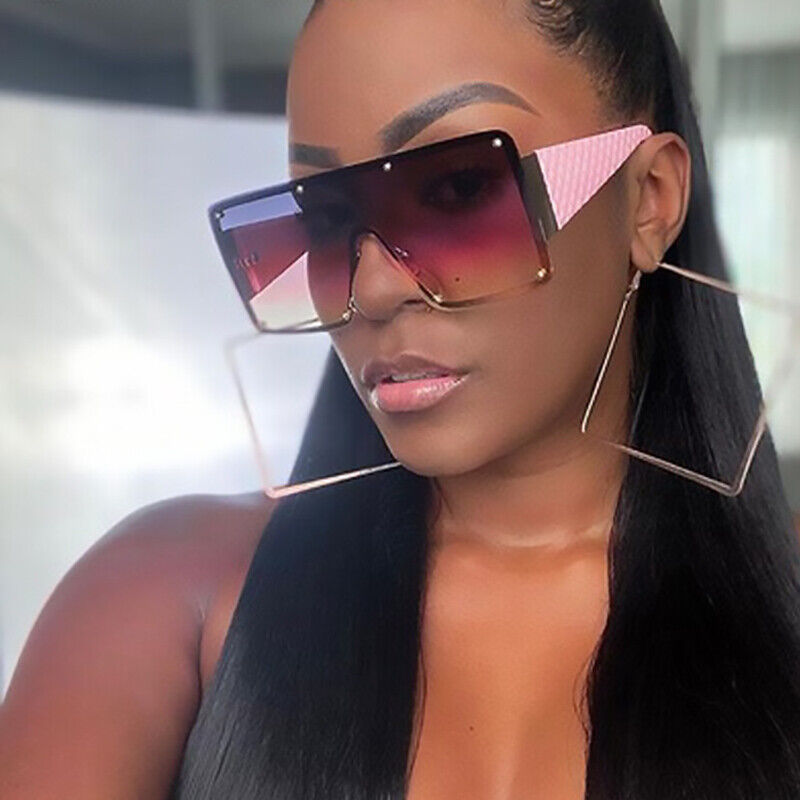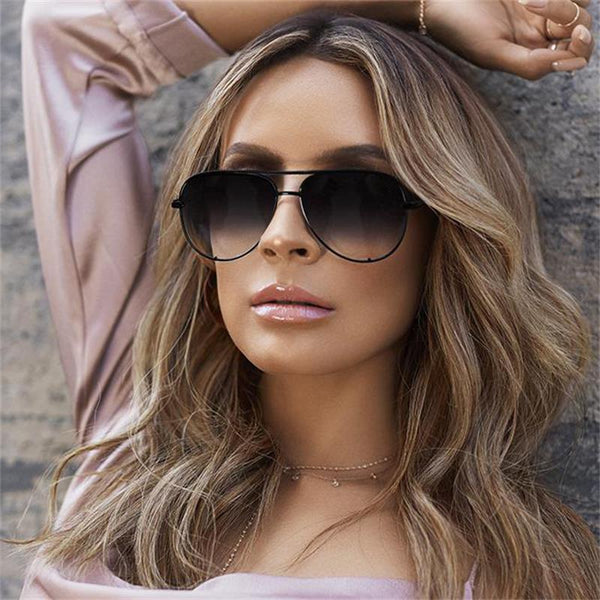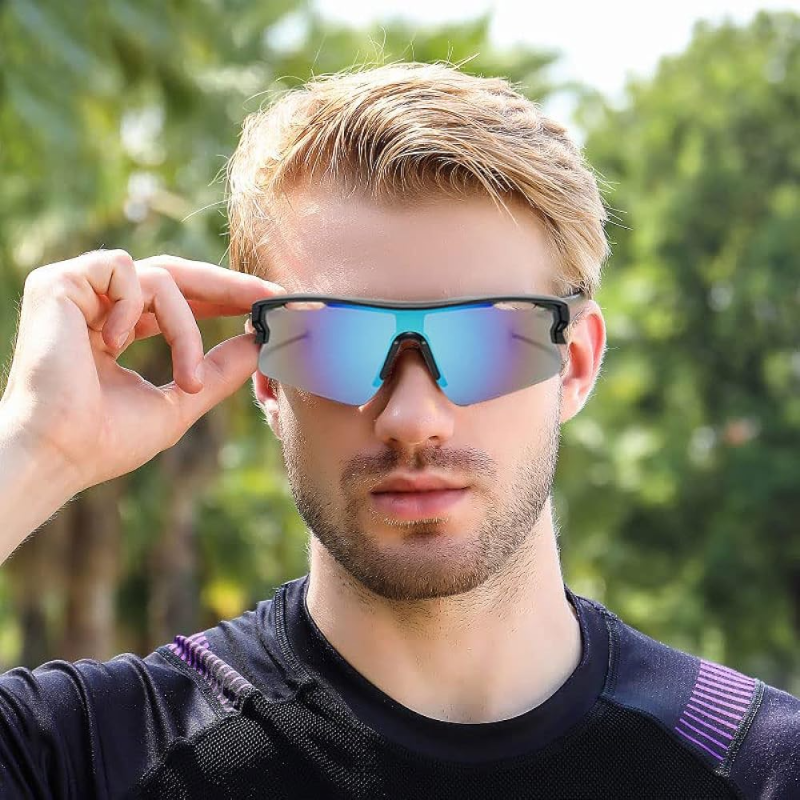Melanin is the pigment responsible for the color of our skin, hair, and eyes. Its production increases in response to UV radiation from the sun, serving as a natural defense mechanism. Sunglasses are crucial for protecting our eyes from harmful UV rays, but do sunglasses prevent melanin production? This comprehensive guide delves deeply into the topic, exploring the relationship between sunglasses and melanin, while emphasizing the importance of sun safety.
Understanding Melanin and Its Function
Melanin is the natural pigment in our body responsible for the coloration of our skin, hair, and eyes. It serves as a photoprotective barrier against the harmful effects of UV radiation from the sun. But melanin’s role extends beyond mere coloration; it’s a robust shield that works diligently to protect our DNA from damage. In this section, we will delve into the intricate workings of melanin, its production, and its critical role in safeguarding our health.
The Science Behind Melanin Production
Melanin is produced by cells called melanocytes, which are found in the lower layers of the epidermis, the outermost layer of the skin. When our skin is exposed to UV radiation, these melanocytes are stimulated to produce more melanin through a process called melanogenesis. The primary function of this pigment production is to absorb and dissipate the harmful UV rays, thereby protecting the deeper layers of the skin from potential damage.
There are two main types of melanin: eumelanin and pheomelanin. Eumelanin is brown or black and is more effective at protecting against UV radiation. Pheomelanin is yellow or red and offers less protection against UV rays. The type and amount of melanin produced in a person’s skin depend on various factors, including genetics, exposure to sunlight, and hormonal changes.
Melanin’s Protective Role
Melanin’s primary role is to act as a natural sunscreen. By absorbing and scattering UV radiation, melanin prevents these harmful rays from penetrating the deeper layers of the skin, where they can cause DNA damage. This protective function reduces the risk of skin cancer, sunburn, and other forms of skin damage. Without melanin, our bodies would be much more susceptible to the harmful effects of UV radiation, leading to higher rates of skin cancer and accelerated skin aging.
Moreover, melanin serves a crucial role in protecting the eyes. The pigment in the iris and the retinal pigment epithelium (RPE) absorbs excess light and protects the retina from potential light-induced damage. This function is vital for maintaining healthy vision, particularly in bright light conditions.
The Relationship Between Sunglasses and Melanin Production
The primary function of sunglasses is to protect our eyes from harmful UV rays. But how do sunglasses fit into the conversation around melanin production? This section explores the relationship between wearing sunglasses and the natural production of melanin, dissecting common misconceptions and providing clear insights.
How Sunglasses Work
Sunglasses are designed to block or filter out harmful UV rays, reducing the amount of light that reaches our eyes. By potentially blocking up to 100% of UVA and UVB rays, they provide an essential line of defense against the damaging effects of sunlight. They also reduce glare, improve visual clarity, and prevent eye strain, making them indispensable for eye health.
Impact on Melanin Production in the Skin
Wearing sunglasses does not directly influence melanin production in the skin. Melanin production is triggered by UV exposure to the skin, not the eyes. However, sunglasses can have an indirect effect. By wearing sunglasses, individuals may feel more comfortable staying in the sun longer, which could result in increased skin exposure to UV radiation. This extended exposure can potentially trigger more melanin production in the skin as a protective response.
Sunglasses and Eye Melanin
In terms of eye health, sunglasses play a vital role in protecting the eyes from UV damage. The iris, where melanin is found in the eyes, can suffer from prolonged UV exposure, leading to conditions such as cataracts and macular degeneration. However, wearing sunglasses ensures that this delicate tissue is shielded from harmful rays, maintaining eye health. While sunglasses don’t stimulate melanin production in the eyes, they prevent the potential damage that necessitates melanin’s protective action.
Common Misconceptions and Clarifications
A common misconception is that sunglasses inhibit the production of melanin in the skin. This belief likely stems from the idea that blocking UV rays prevents the body’s natural defense mechanisms from engaging. However, melanin production is primarily triggered by UV exposure to the skin, not the eyes. Thus, sunglasses will not directly inhibit melanin production within the skin. Their role is to protect the eyes, which contributes to overall sun protection but does not interfere with the skin’s natural responses to UV exposure.
The Importance of Sun Safety
Sun safety is crucial for preventing skin cancer and other sun-related conditions. Understanding the relationship between sunglasses and melanin production is only part of a larger picture of sun safety. This section will provide practical tips and strategies for comprehensive sun protection.
Sunscreen: A Fundamental Aspect of Sun Safety
Sunscreen is indispensable in any sun safety routine. It forms a protective layer on the skin, filtering out harmful UV rays. Broad-spectrum sunscreens are essential as they protect against both UVA and UVB rays. Applying sunscreen with an SPF of at least 30, 15 to 30 minutes before sun exposure, and reapplying every two hours, or after swimming or sweating, is crucial. Sunscreen not only prevents sunburn but also lowers the risk of skin cancer and premature aging.
Protective Clothing and Accessories
In addition to sunscreen, wearing protective clothing is vital. Long-sleeved shirts, wide-brimmed hats, and long pants made from tightly woven fabric offer excellent protection against UV radiation. UV-protective clothing, specifically designed to block UV rays, provides additional protection. Accessories like hats and UV-blocking umbrellas can offer extra coverage, particularly during peak sun intensity hours from 10 a.m. to 4 p.m.
Sunglasses: A Key Component
As discussed, sunglasses are a pivotal part of sun safety. Ensure your sunglasses offer 100% UV protection to safeguard your eyes. Wraparound styles are particularly effective as they prevent rays from entering from the sides. Sunglasses not only protect against conditions like cataracts and macular degeneration but also improve visual comfort and reduce eye strain in bright conditions.
Seeking Shade
Whenever possible, seek shade to minimize direct sun exposure. While total avoidance of the sun is impractical and unnecessary, taking breaks in shaded areas, especially during peak hours, can significantly reduce UV radiation exposure. Structures like pergolas, gazebos, and trees can offer relief from direct sunlight.
Monitoring UV Index
The UV index is a valuable tool for understanding daily UV radiation levels. It ranges from low (0-2) to extreme (11+), guiding you on the necessary precautions for the day. On days with a high UV index, taking extra precautions like applying sunscreen more frequently and wearing protective gear becomes essential.
Debunking Myths About Sun Safety
Many misconceptions about sun safety and melanin production exist. Dispelling these myths is essential for adopting effective sun protection practices in 2024. This section addresses common myths and provides evidence-based explanations to ensure you make informed decisions.
Myth: Tanning is a Safe Way to Increase Melanin
While tanning does increase melanin production, it is not a safe way to achieve this. Tanning, whether from the sun or tanning beds, exposes the skin to harmful UV radiation that can damage DNA and increase the risk of skin cancer. A tan is a sign of skin damage, not health, and should not be sought as a method for increasing melanin.
Myth: Darker Skin Doesn’t Need Sun Protection
Melanin does offer some protection against UV rays, but it is not a substitute for sun protection measures. People with darker skin can still suffer from sunburn, skin cancer, and other sun-related conditions. Regardless of skin tone, using sunscreen, wearing protective clothing, and seeking shade are essential for comprehensive sun protection.
Myth: You Don’t Need Sun Protection on Cloudy Days
Up to 80% of UV rays can penetrate clouds, meaning that sun protection is necessary even on overcast days. Many people neglect sun safety on cloudy days, leading to unintentional overexposure. Applying sunscreen and wearing protective clothing are just as crucial on cloudy days as in full sunlight.
Myth: Sunglasses Are Only for Fashion
While sunglasses can be a fashionable accessory, their primary function is to protect your eyes from harmful UV radiation. Choosing sunglasses with proper UV protection is essential for preventing eye damage. Don’t rely solely on appearance; always check for UV protection labels.
Comprehensive Sun Safety for Children and Adolescents
Protecting children and adolescents from UV radiation is crucial for their long-term health. Their skin is more sensitive to sunlight, and sun damage during early years significantly increases the risk of skin cancer later in life. This section provides guidelines for ensuring effective sun protection for younger individuals.
Importance of Early Sun Protection
Starting sun protection early instills healthy habits that can last a lifetime. Encourage children to wear sunscreen and protective clothing whenever they are outdoors. Educate them about the importance of sun safety and the risks of UV radiation.
Safe Sunscreen Use for Children
Choose sunscreens specifically formulated for children, which are often less irritating and contain fewer allergens. Mineral-based sunscreens with zinc oxide or titanium dioxide are good choices as they are less likely to cause skin reactions. Ensure all exposed skin is covered with sunscreen and reapply every two hours or after swimming or sweating.
Protective Clothing and Hats
Encourage children to wear long-sleeved shirts, long pants, and wide-brimmed hats when playing outside. UV-protective swimwear is also beneficial for days at the beach or pool. Hats with broad brims protect the face, neck, and ears from direct sunlight.
Educating Adolescents on Sun Safety
Teenagers often seek tans for aesthetic reasons, increasing their risk of skin damage. Educate them on the dangers of tanning and the benefits of sun protection. Encourage them to use sunscreen, wear protective clothing, and avoid tanning beds. Positive reinforcement and setting a good example can help them adopt safer habits.
The Role of Nutrition in Skin Protection
Nutrition plays a supportive role in enhancing skin protection against UV damage. Certain nutrients can boost the skin’s natural defenses and improve overall skin health. This section explores how diet can complement sun safety measures.
Antioxidants
Antioxidants combat free radicals, which are unstable molecules generated by UV exposure. Vitamins C and E, found in fruits, vegetables, nuts, and seeds, are powerful antioxidants that protect skin cells from damage. A diet rich in antioxidant-rich foods can enhance your skin’s resilience against UV radiation.
Omega-3 Fatty Acids
Omega-3 fatty acids, found in fish, flaxseeds, and walnuts, have anti-inflammatory properties that can help reduce sunburn severity and inflammation caused by UV exposure. Incorporating these foods into your diet can contribute to healthier skin.
Hydration
Staying well-hydrated is essential for maintaining healthy skin. Dehydrated skin is more susceptible to damage and less effective at performing its protective functions. Drink plenty of water throughout the day, especially when spending time outdoors in the sun.
Lycopene and Beta-Carotene
Lycopene (found in tomatoes) and beta-carotene (found in carrots and sweet potatoes) provide additional protection against UV damage. These compounds enhance the skin’s natural defense mechanisms and can help reduce the risk of sunburn.
Conclusion
Sunglasses play a vital role in protecting our eyes from harmful UV radiation, but they do not prevent melanin production in the skin. Understanding the relationship between sunglasses and melanin, alongside debunking common myths, empowers us to make informed decisions about sun safety. Comprehensive sun protection involves wearing sunscreen, protective clothing, sunglasses, and seeking shade. Educating children about sun safety and incorporating a nutritious diet further enhances our defenses against UV damage. By adopting these measures, we can enjoy the sun responsibly while safeguarding our skin and eyes for years to come.
